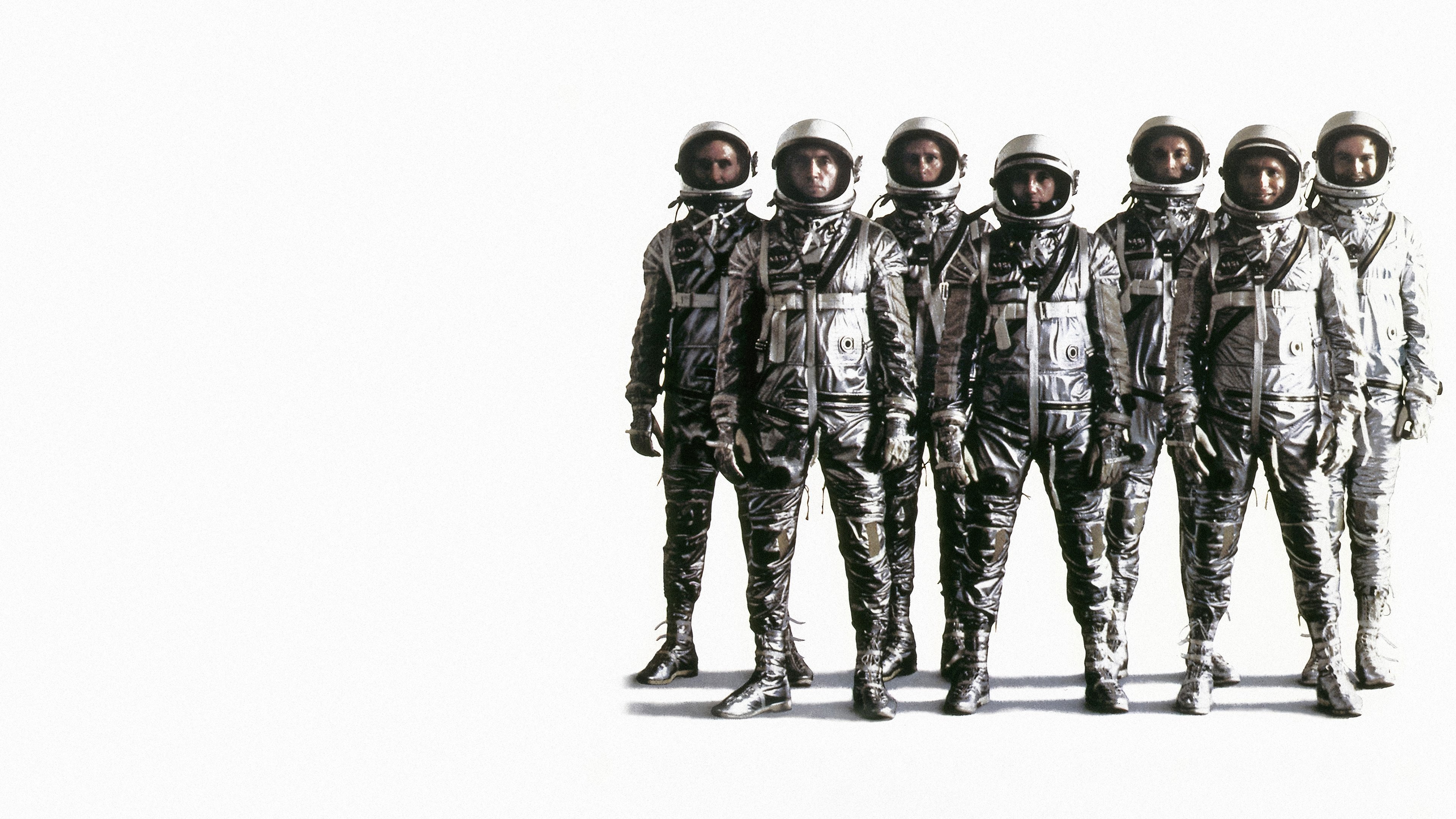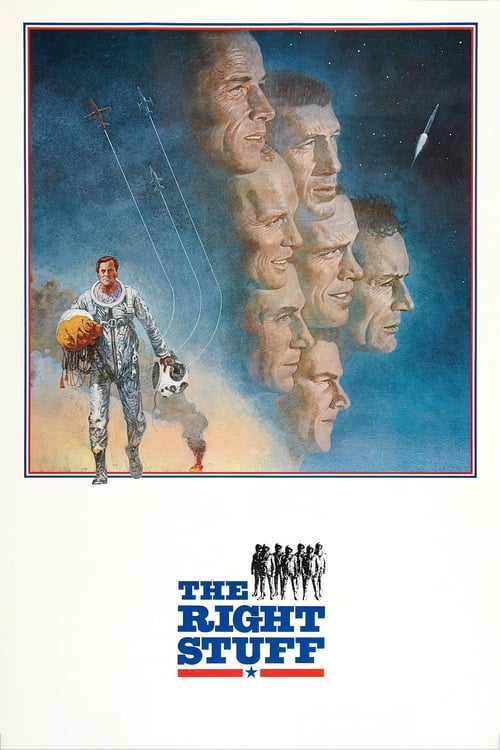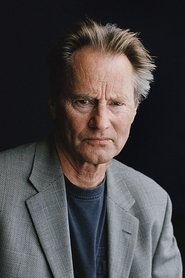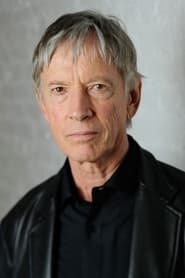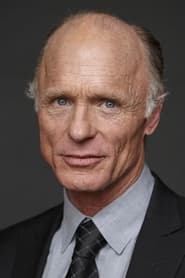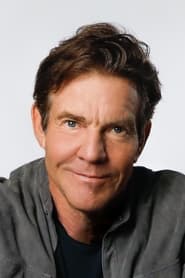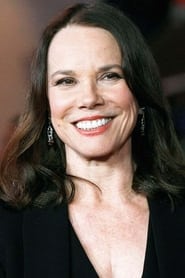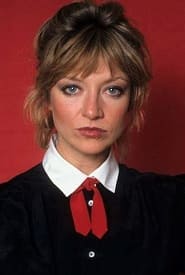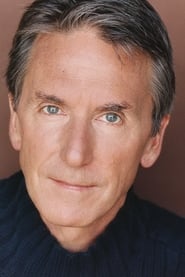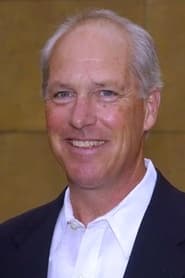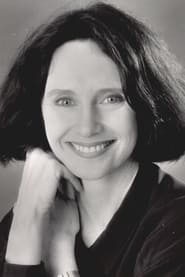Cast
View AllSam Shepard
as Chuck Yeager
Scott Glenn
as Alan Shepard
Ed Harris
as John Glenn
Dennis Quaid
as Gordon Cooper
Fred Ward
as Gus Grissom
Barbara Hershey
as Glennis Yeager
Kim Stanley
as Pancho Barnes
Veronica Cartwright
as Betty Grissom
Pamela Reed
as Trudy Cooper
Scott Paulin
as Deke Slayton
Charles Frank
as Scott Carpenter
Lance Henriksen
as Wally Schirra
Donald Moffat
as Lyndon B. Johnson
Levon Helm
as Jack Ridley / Narrator
Mary Jo Deschanel
as Annie Glenn
Crew
Director
- Philip Kaufman
Producer
- Robert Chartoff
- Irwin Winkler
Reviews
Filipe Manuel Neto
**Overall, it's a good movie about the start of the space race.**
The space race was one of the aspects that marked the intense rivalry between the USA and the Soviet Union during the Cold War. There was the notion that space could be a battleground or a zone of influence, as colonial territories had been decades before, and that the nuclear threat made it urgent to dominate space. That's why the Mercury Program was born, responsible for the first suborbital and orbital flights carried out by the USA.
Directed by Philip Kaufman, the film is very good and very well made, even if, at times, it resembles an expensive advertisement for NASA and what was done by the North Americans in the space race. It is a long film, with three hours, but that is justified by covering a large period of time and giving us a very global view of the Mercury missions. This leads me to another problem: you need to have a minimal knowledge of the program and who was part of it to be able to understand everything the film shows, because there are not many explanations and the film presumes that the audience knows what they are watching.
The cast is, perhaps, one of the most important aspects of the film, since it is largely based on the development of the characters and on the way each actor worked and developed his character. And there is no doubt that we have a wide range of talented artists here where Sam Shepard, Fred Ward, Ed Harris and Dennis Quaid dominate the canvas and capture our full attention. There's no way to single out just one or two, I think each of them did the best they could with what they had at hand, and director Kaufman got the best out of them all.
It's a very light film, not a dense drama full of technical aspects or complicated ideas. The film even manages to give us an idea of the political and financial management of the project, and the use that American politicians were making of it for electoral purposes. There's some room for humor, but it's not a movie that makes us laugh out loud. The most comical situation for me was the way in which an American vice president was stopped at the door of an astronaut's house by his wife. The dialogues are good, they are well written, and the visual and special effects used are convincing. This film also has good cinematography and a very atmospheric soundtrack.
Jul 20, 2023
Thematic Analysis
As a dramatic work, The Right Stuff examines complex human relationships and emotional struggles against the backdrop of a period setting that reflects societal issues of its time. The character development particularly stands out, offering viewers a chance to reflect on their own life journeys.
Director Philip Kaufman brings their distinctive visual style to this film, continuing their exploration of themes seen in their previous works while adding new elements. Their approach to character development and emotional depth creates a viewing experience that rewards close attention.
Released in 1983, the film exists within a cultural context that now offers viewers historical perspective on the social issues of that era. Its critical acclaim reflects its artistic achievements and its place in cinema history.
Did You Know?
- The production of The Right Stuff took approximately 5 months from pre-production to final cut.
- With a budget of $27.0 million, the film represented a significant investment in bringing this story to the screen.
- The final cut of the film runs for 193 minutes, though the director's initial assembly was reportedly 229 minutes long.
- The screenplay went through 12 major revisions before the final shooting script was approved.
- Some visual effects sequences took up to 6 months to complete.
- The director insisted on using practical effects whenever possible, reserving CGI for only the most necessary scenes.
Historical Context
- In 1983, when this film was released:
- Personal computers were beginning to transform homes and workplaces.
- Economic policies were shifting toward deregulation in many Western countries.
- Independent cinema was growing in influence, challenging the dominance of major studios.
How This Film Stands Out
While The Right Stuff shares thematic elements with other films in its genre, it distinguishes itself through its unique approach to storytelling, visual style, and character development.
Unlike Baian the Assassin, which focuses more on action than character development, The Right Stuff offers a fresh perspective through its innovative visual language and narrative structure.
While films like Black Mill and Tomorrow's Dining Table explore similar territory, The Right Stuff stands apart through its distinctive directorial vision and pacing.
This film's unique contribution to cinema lies in its thoughtful balance of entertainment value and thematic depth, making it a valuable addition to its genre.
Details
- Release Date: October 20, 1983
- Runtime: 3h 13m
- Budget: $27,000,000
- Revenue: $21,500,000

